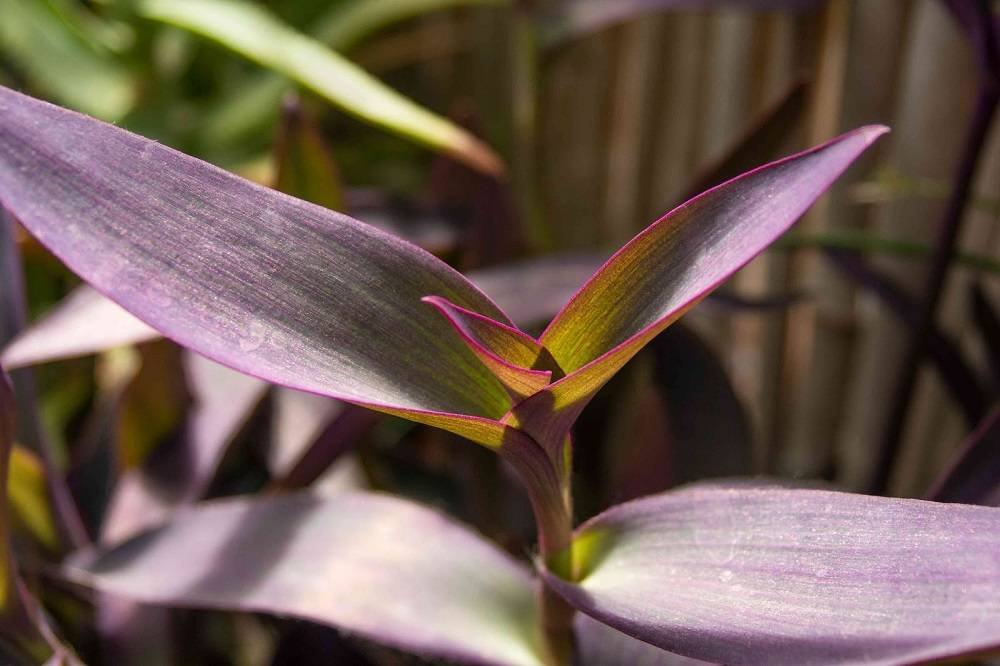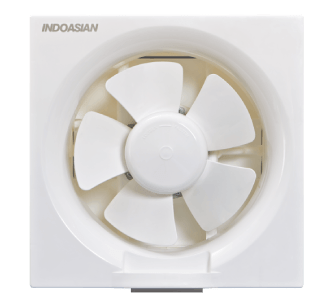Tradescantia pallida “Purple Heart” is a perennial that is hardy and low-maintenance. This plant can be grown in both containers and the ground. Because of its slow growth, it doesn’t require frequent repotting, although it should be replanted every one to two years. To promote faster growth, you can amend the soil with organic compost or fertilizer. In addition, the plant is usually free of diseases and pests, though you should be aware of these.
Tradescantia pallida, Purple Heart Plan
Purple Heart Plant is a tender perennial that features pink and purple flowers on trailing stems. It is commonly used as a houseplant but is also becoming a popular groundcover plant. It is a member of the Commelinaceae family and is hardy in USDA zones 7 to 10, but can be grown as an annual in colder climates.
The Tradescantia pallida plant family has several species, including purple heart, which has small flowers that range from pink to violet. The plant is also known for its vibrant foliage. The foliage is deep purple with hints of turquoise-gray, and the color deepens with age. Purple heart plants grow quickly and will fill in bare patches and rock gardens.
Plants of this species are hardy in full sunlight to partial shade. The foliage is more vibrant in full sun. It can tolerate a wide range of soil conditions, although the plant is most vulnerable to freezing. If temperatures drop below 40 degrees Fahrenheit, overwintered plants will need to be protected.
When growing Tradescantia pallida ‘Purpurea’, ensure the soil has decent drainage and water retention. It will also benefit from some compost and organic matter.
Invasive in some areas
If you’re looking for a low-maintenance ground cover, the Purple Heart plant might be the answer. Unlike some other ground covers, it’s slow to grow and doesn’t need to be replanted often. Instead, it roots in a drainage pot and grows from there. Repotting Purple Heart is usually only necessary every one to two years. It’s also a good idea to amend the soil with organic fertilizer. The plant is fairly disease-resistant, but it should be monitored for pests and diseases.
Although this ground cover is widely used for landscaping, the plant is considered invasive in some areas. Its trailing growth and aggressive root system may pose problems for some homeowners. In addition, the leaves and stems of this plant are very rough on the skin and may irritate some people.
Tradescantia pallida is a perennial plant native to eastern Mexico. It has violet-purple leaves and pink flowers in the summer. It’s commonly grown as a houseplant, but it has recently been made into a decorative ground cover. It’s a hardy plant that can grow from zone seven through 10 in most regions.
Maintenance
A low-maintenance ground cover, the purple heart grows well in a wide range of soil conditions and in full sun to partial shade. It is tolerant of drought but will benefit from regular irrigation. It grows to about 1.5 inches tall and two to three feet wide. It is also easy to propagate. This perennial is native to the southwest and Mexico. It was originally cultivated as a wandering jew and is often included in the Tradescantia genus.
Purple heart is a low-growing perennial, with trailing stems and purple foliage. It grows in USDA zones 7 through 11 and is an excellent choice for ground covers and container gardens. The plant requires very little maintenance and will look its best with some general maintenance. Although it can be difficult to find, it is easy to propagate from any part of the plant. It is easy to grow and can be kept in pots and hanging baskets.
Purple heart is drought-tolerant, but it should still be watered occasionally. It is best to water it when the top two inches of soil feel dry. During the blooming season, it is best to water once or twice weekly. In pots, water when the soil is dry and the excess runs out through the drainage holes.
Houseplant
This ground cover plant is a houseplant that does well in moist soil. It prefers average room temperatures but tolerates a range of temperatures. In addition, it requires a moderate amount of water, although it does tolerate some drought. The plant grows best in a balanced mix of shade and full sunlight.
This ground cover plant has large, blue-green leaves that have distinct white domains. It grows well in partial shade or sun and is easily transplanted. It may grow as large as 2 feet, depending on the soil. The plant is easy to propagate and is native to the southwest and Mexico. It is sometimes referred to as a wandering jew and is classified under the Tradescantia genus.
This houseplant is a good choice for a home garden if you need to create a dense ground cover. It is a great choice for containers, hanging pots, and rock gardens. Although it is considered invasive in some areas, it is perfect for houseplants and is often sold in nurseries.
Ground cover
The purple heart plant is a ground cover that can add color and texture to your landscape. It prefers moist, well-drained soil. It is drought-tolerant but will benefit from periodic irrigation. Keep it watered during the winter months, as the plant freezes when the temperature dips below 32 degrees Fahrenheit. You can prune the plant regularly to keep it looking neat and stimulate new growth.
Tradescantia pallida ‘Purple Heart’ is a beautiful trailing perennial with purple stems and violet-purple leaves. The plants produce flowers in the summer and are often grown as a houseplant or as a ground cover. It is quite hardy and is suitable for most soil types.
It is easy to grow and can be propagated easily by cuttings. This plant is native to tropical and semi-tropical regions of Mexico. It grows best in moist soil and can tolerate drought. In addition to being drought-tolerant, it is also tolerant of heat. You can use the purple heart as a ground cover to create a lush, green, and colorful ground cover in your yard.
Whether you choose a perennial ground cover or a container, it looks great in any garden. It’s a drought-tolerant plant that looks lovely on your landscape. However, it may look sparse during dry weather, so you may need to space plants apart. It does well in containers and hanging baskets.
Toxic to humans
There are no reliable reports that the Purple Heart plant is toxic to humans. This is a ground cover plant that is often found in hanging pots. It adds an instant splash of color to your landscape and pairs nicely with yellow greens and gold. It also contrasts nicely with pink, burgundy, and light green petunias. You can also grow it alongside light purple to red-orange sage. Its traditional uses have been as an anti-inflammatory and blood-purifying plant.
The Purple Heart plant grows best in full sun, although it will tolerate some shade. It can be pruned after it blooms to keep it compact. It can also tolerate frequent watering but not excessive. In addition, it can be kept indoors as a houseplant. Most Purple Heart plants are pest-free, although the juice from the plant can cause skin irritation and redness.
The Purple Heart plant grows quickly, so it’s best to prune it after its bloom period has finished. The purple heart has long stems that can get twisted easily. If you have to prune it, be sure to prune only the top half of each stem. It can also be propagated by stem cuttings, but make sure to look for one that has at least one growth node.
A common type of spiderwort
The purple heart plant is a common type of spider weed and a common ground cover in landscapes. It has dark purple, lance-shaped leaves, and small, three-petaled flowers. It is a perennial plant native to the southwestern United States and parts of Mexico. It grows well in the sun and partial shade and its stems root easily. Purple heart plants are hardy and drought-tolerant, making them an ideal choice for gardeners and homeowners.
This plant is easy to grow and can be propagated. However, it can easily become invasive if it is allowed to grow on the ground. It has several common names, including Purple Queen, Inch Plant, and Wandering Jew. Its leaves are rich purple in color, and it looks great in a decorative container. This plant also grows well in hanging baskets.
The purple heart does not grow very large, so it does not require frequent repotting. However, it does require careful pruning. The best time to prune this plant is after it blooms. You can remove leggy, spindly growth by pinching off the tips of the stems. This will encourage new growth and a bushier plant.


